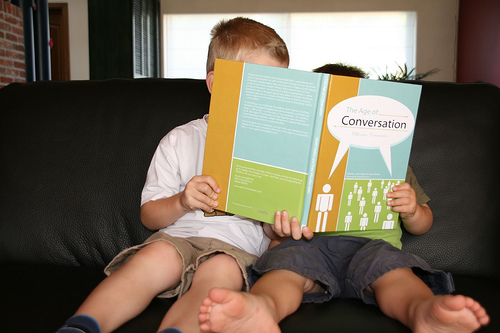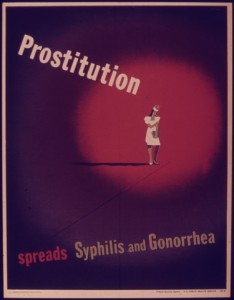Editor’s Note: There are few if any links in this post about the recent mass murderer because we have to stop sensationalizing perpetrators instead of sympathizing with the victims.
[Unfortunately]. . . we don’t see misogyny as an ideology, we see it as a given for young men.
— Jessica Valenti, Author, Guardian columnist, and founder of Feministing.com (@JessicaValenti)
God bless the most recent mass shooting victims. Their senseless sacrifice may mark the beginning of a serious discussion about the evils of misogyny, and Valenti is among the few journalists to hit the nail on the head about the root cause of this tragedy, and all the proceeding tragedies, not just mass murders but the 8 youths murdered every day in this country and the thousands of honor killings in places like Pakistan and Saudi Arabia, and, of course, rape.
The roots of racial, sexual, and gender oppression are both overly established and overly ignored, and delaying The New Age of Sexual Freedom.
Misogyny is so endemic in our culture, such a root cause of so many ills (wars, starvation, inequality), women don’t even realize they are unknowingly (and often knowingly) themselves instrumental in strengthening these suffocating roots. Mothers teach their toddlers what their mothers taught them about deference to males. Even ardent feminists might not curtail this deferential behavior in every instance of child-rearing. That is our sad state of affairs, and activists working on all fronts have to keep this subject on the front burner now that it has a running start no matter what their special focus is because each one can trace its roots to misogyny and sexual and racial oppression at the core.
While ignoring the enlarged picture of how much sexual oppression permeates and is ruining society, most media coverage of this recent mass shooting has shown so little restraint in glamorizing the young and good-looking man that is responsible, much more than for his young and not-so-camera-ready predecessors who didn’t leave behind long manifestos and polished YouTube selfless.
Media is just another corporation commercializing the misery of the powerless after all, but still. Even liberal media are fawning over this kid and making his victims practically invisible in their coverage, because, shucks, he’s so attractive-looking.
But there’s something different this time. In the California shooting we are presented with a shooter directly from central casting, a beautiful, erudite boy at war with himself, whose actions are not summarily damned but analyzed in a way to explain his heinous behavior. This is so much more interesting than profiling any of his victims. What’s the matter with us?
Organizations such as Coalition to Stop Gun Violence and Brady Campaign to Prevent Gun Violence are there educate us and deserve our support, by why do we continue having so much trouble galvanizing grassroots action, boots on the ground, to challenge the notion that 8 children can be murdered everyday in this country because its just the cost of being an open (and armed) society. This daily tragedy and shame is only highlighted when there is a mass shooting because there is an expected and familiar script, a storm of consumer interest then radio silence again.
In a world we we care for each other and understand the implications of our action, male privilege is no longer a given, it doesn’t exist at all. Like any other privilege it is something only to be selflessly bestowed on those with less privilege. Those that don’t yet understand this essential truth are impoverished in a way that no conquest or accomplishment can ever rectify, so we must god bless them too, and pray that they someday soon obtain the values to understand their own behavior and change it, for their sake and for the rest of us.
Also see:













